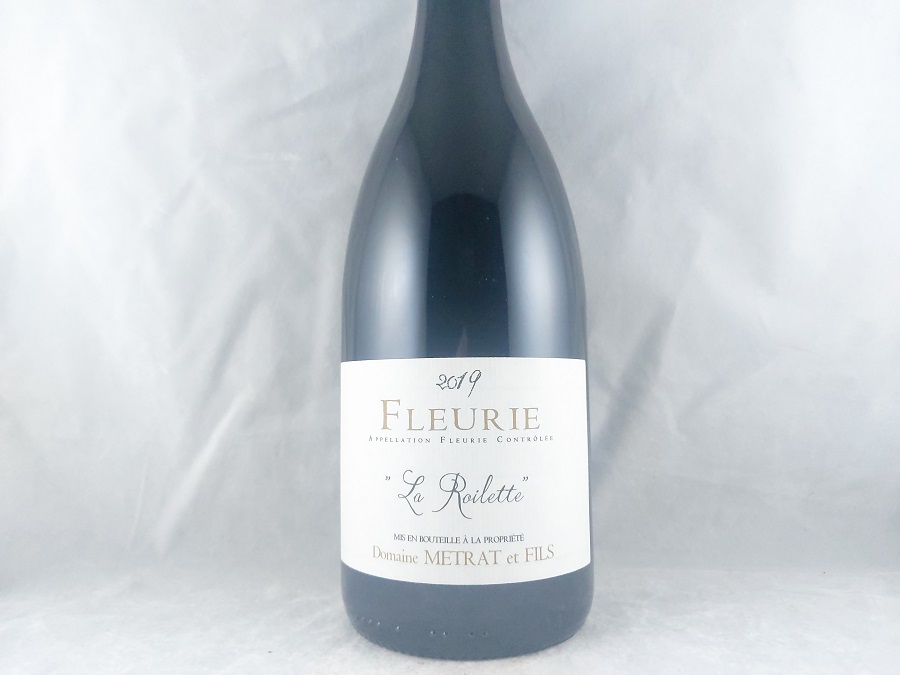Pavie-Macquin Premier Grand Cru Classe 2016
$275.00
Pavie-Macquin is 15ha on the St-Emilion limestone plateau. The wines are bold, powerful and extracted. But still silky and sensuously textural.
1 in stock
1 in stock
Description
Chateau Pavie-Macquin is 15ha on the St-Emilion limestone plateau. The wines are bold, powerful and extracted. But still silky and textural. Named for Albert Macquin. The man who saved Bordeaux from phylloxera by suggesting grafting on to rootstock. The vineyard neighbours Pavie, Pavie Decesse, Troplong-Mondot and Trotte Vieille. The vineyard at Chateau Pavie-Macquin is 80% Merlot with 18% Cabernet Franc and the rest is Cabernet Sauvignon.
2016 is a very good year for Pavie-Macquin and will last for the long, long term. It is one of the heroes of Bordeaux. Always outstanding and always competitively priced. It is real treat for wine lovers. The proportion of Cabernet in the wine, as well as the ripeness, helps Pavie-Macquin appeal the to Cabernet/Left Bank fans.
Pavie-Macquin Premier Grand Cru Classe 2016 Notes
Tasted Sep 21, 2019. Wine Cellar Insider. 99 Ponts
Just fabulous, the wine fills your glass with palate staining fruits, rocks, stones, flowers, licorice, smoke and juicy, perfectly ripe, fresh cherries and plums. Full-bodied, pure, fresh and vibrant, the energy in the wine and purity in the silky, sensuous fruits is just great! This is gorgeous and if it is your style of wine, (I am sure you can tell it’s mine) you should have this wine in your cellar.
Bordeaux
Situated near the Atlantic coast of France. The Gironde, Dordogne and Garonne rivers provide its shape. Cool conditions and frequent rainfall, including during harvest time, make Bordeaux quite a marginal region with vintages frequently ruined by rain or saved from the rain at the last-minute by timely sunshine.
Saint-Emilion
With approximately 5400 hectares planted it is a vast appellation with a few distinct personalities. Like the famous neighbour Pomerol, the wines are Merlot dominant and offer the silk, perfume and charm that Merlot can give. The best of the wines will live as long as, if not longer than most Left Bank wines and often cost two or three times more.
Merlot
It gets a tough time most of the places it is grown. But in Pomerol and Saint-Emilion Merlot not only dominates but makes some of the best wines in the world. Perfume, silky and plush. Cabernets Franc and Sauvignon season the wines with structure and acid but in some places, like Petrus, they are almost not needed.
Cabernet Franc
Is one of the parents of Cabernet Sauvignon… along with Sauvignon Blanc (oh! The name makes sense now!). It is most famous for being the third most important grape in quality Bordeaux. But also excels in the Loire Valley (where it lived before it went to Bordeaux), especially Chinon and Saumur. The wines are bright red, highlight aromatic with raspberries, rose petals, violets along with tobacco, cassis and some herbal elements. The best examples can live as long as any great wine.
Cabernet Sauvignon
The main grape of Bordeaux’s left bank. Cabernet is late-ripening and full of acid and tannin. The great wines have structure but finessed with beautiful cassis, violets and it also transmits the flavours of the soil it is grown in really well. Cabernet isn’t a drink now variety, it needs 10 or more years to show its best. But when you get there, WOW! Often blended with Merlot, Cabernet Franc or in Australia Shiraz to fill out its mid-palate referred to as the ‘Cabernet doughnut’.
2016
A vintage of two extremes which counteracted each other and we ended up with one of the best vintages we’ve seen in a while.
Additional information
| Weight | 1.3 kg |
|---|---|
| Dimensions | 7 × 7 × 30 cm |
| Region | |
| Size | |
| Vintage | |
| Name/Vineyard | |
| Appellation | |
| Country | |
| Inclination | |
| Rank/Variety | Cabernet Franc, Cabernet Sauvignon, Merlot, Premier Grand Cru Classe |
| Winery |
Be the first to review “Pavie-Macquin Premier Grand Cru Classe 2016” Cancel reply
Similar Products
You may also like…
-

Gabriel Glas Gold Edition Mouth Blown 510ml – The Best
$190.00 Select options This product has multiple variants. The options may be chosen on the product page -

Laguiole Jean Neron Wine Opener Quality 100 – Light Horn
$75.00 Add to cart -

Wine Cellaring Per Box Per Month
$3.00 Add to cart
New Products
Elanto Vineyard Chardonnay Mornington Peninsula 2023 Exciting
2 in stock
Laguiole En Aubrac Corkscrew Olive Wood
1 in stock (can be backordered)










Reviews
There are no reviews yet.